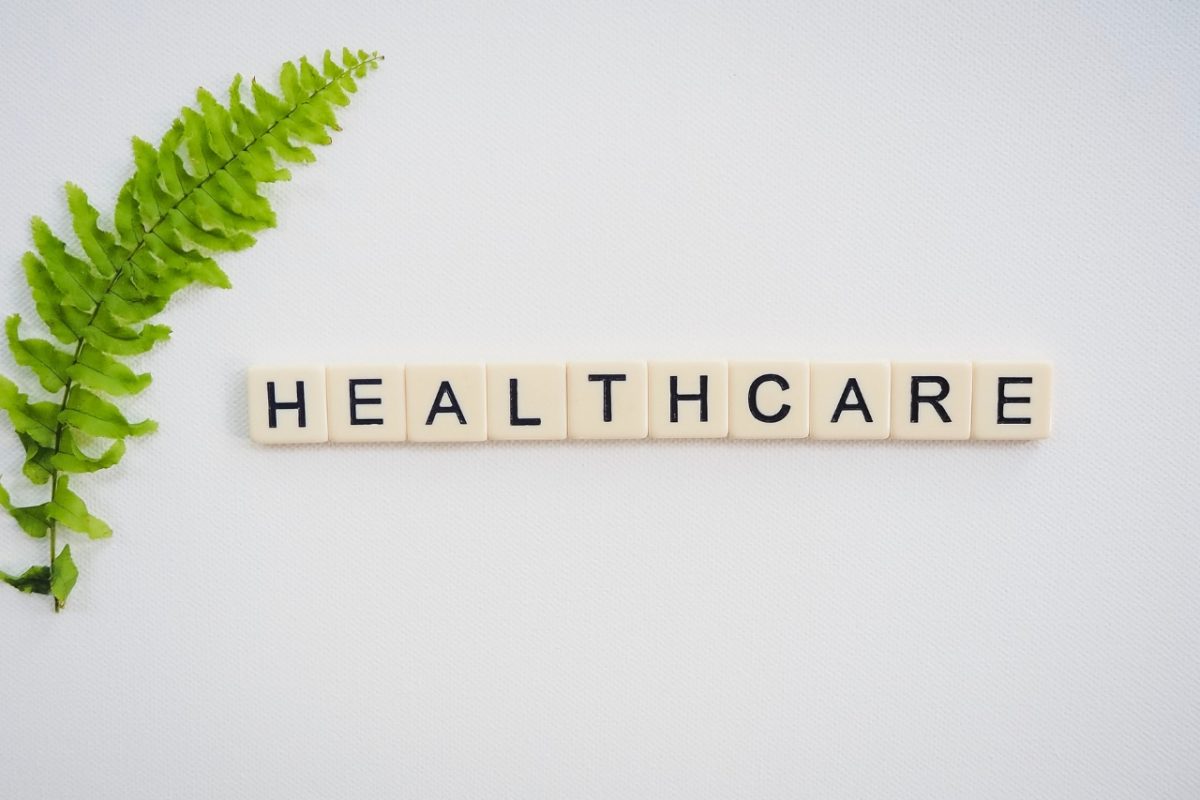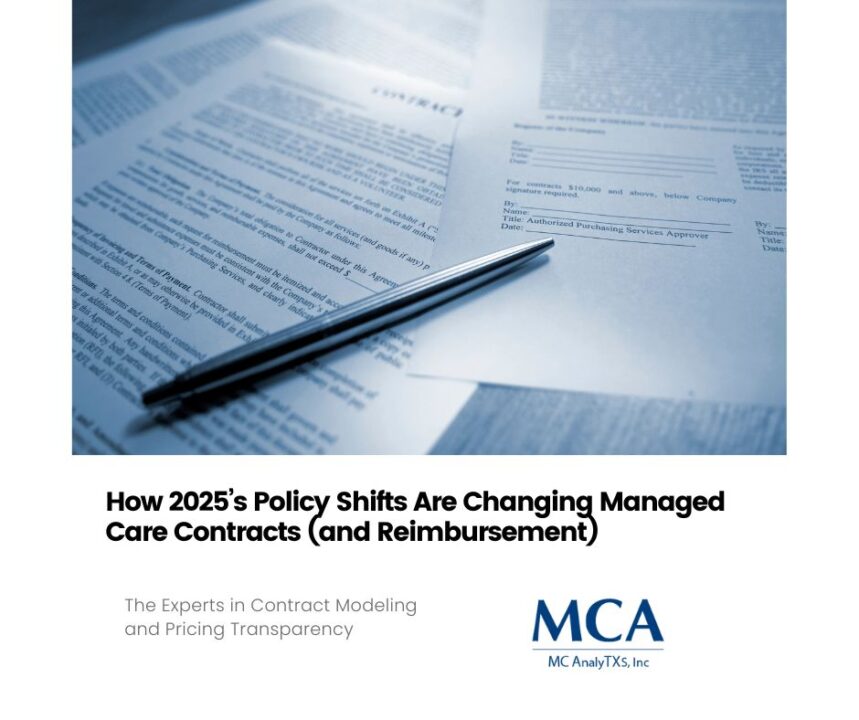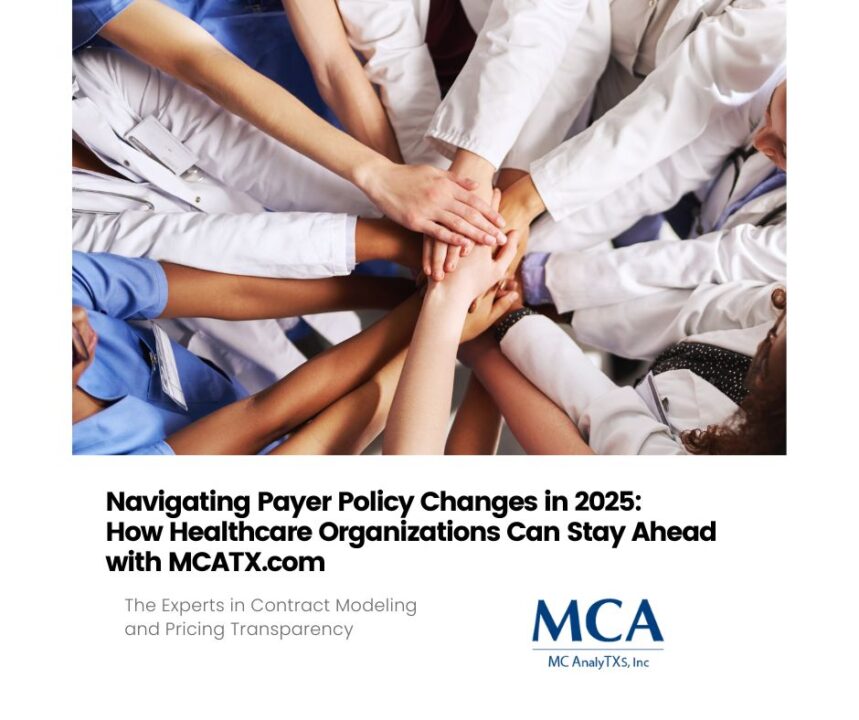
Crafting A Sustainable Managed Care And Operational Strategy: The Key To Ensuring Superior Patient Care
November 30, 2023
Overcoming Reimbursement Challenges from Healthcare Payers to Reduce Mounting Denials and Impact on Hospitals
December 6, 2023Healthcare organizations are constantly under pressure to reduce costs without compromising the quality of patient care.
Managing the revenue cycle effectively has become a vital aspect of any healthcare organization’s success.
Key performance indicators (KPIs) are being increasingly used to measure and improve revenue cycle performance.
Understanding the right KPIs can help healthcare organizations identify areas of improvement, optimize revenue collection, and maximize overall operational efficiency.
In this article, we will delve deeper into this topic and discuss the key performance indicators (KPIs) that are critical to understanding and improving healthcare revenue cycle performance.
Days in Accounts Receivable (AR):
This is one of the most important KPIs in the healthcare revenue cycle.
This KPI measures the number of days it takes for healthcare providers to collect payment from insurance companies or patients.
Typically, a higher number of days in AR is an indication of inefficient processes, poor claims management, and slow payment posting.
A lower number of days in AR means quicker payment collection and lower financial risk for healthcare organizations.
A benchmark of 35-40 days in AR is considered optimal for most healthcare organizations.
Clean Claim Rate:
Another crucial KPI for healthcare organizations is the clean claim rate.
This KPI measures the percentage of claims that are free of errors and get processed without any delay or denials.
Clean claim rates are an indicator of how well the healthcare organization is managing its revenue cycle.
High clean claim rates mean fewer denials, fewer resubmissions, and quicker reimbursements.
A benchmark of 90-95% clean claim rate is optimal for most healthcare organizations.
Cost-to-Collect:
This KPI measures the efficiency of revenue cycle operations.
Cost-to-Collect calculates the total cost of collecting payment from patients and insurance companies.
It includes all the expenses incurred in the revenue cycle process, such as staffing, software, hardware, and other overheads.
A lower cost-to-collect indicates that the healthcare organization is successfully managing all revenue cycle costs.
A benchmark of 2-3% cost-to-collect is optimal for most healthcare organizations.
Denial Rate:
This KPI measures the percentage of claims that are denied by insurance companies.
Denials are a significant revenue drain for healthcare organizations, and they can impact the entire revenue cycle.
High denial rates can have a cascading effect on cash flow and lead to lengthy appeals processes, resubmissions, and write-offs.
A lower denial rate means more revenue is being collected faster and more efficiently.
A benchmark of 5-10% denial rate is acceptable for most healthcare organizations.
Collection Rate:
This KPI measures the percentage of payments that are successfully collected after the patient visit.
The collection rate can determine the effectiveness of revenue collection processes.
A higher collection rate indicates that the healthcare organization is consistently and efficiently collecting payments from its patients.
A benchmark of 90-95% collection rate is considered optimal for most healthcare organizations.
Conclusion:
Many KPIs can drive and measure healthcare revenue cycle performance.
While the ones discussed above are crucial metrics that executives should track and optimize, there are others as well that can aid healthcare organizations in improving their revenue cycle efficiency.
Tracking performance metrics is critical for healthcare organizations to achieve their financial and operational goals.
By regularly monitoring and analyzing healthcare revenue cycle performance, organizations can identify inefficiencies, reduce costs, and improve overall revenue collection.
By doing so, they can be better equipped to meet the increasing demand for superior patient care in today’s rapidly changing healthcare landscape.
To learn more To learn more join our webinar on December 14th, at 1 pm CST:





